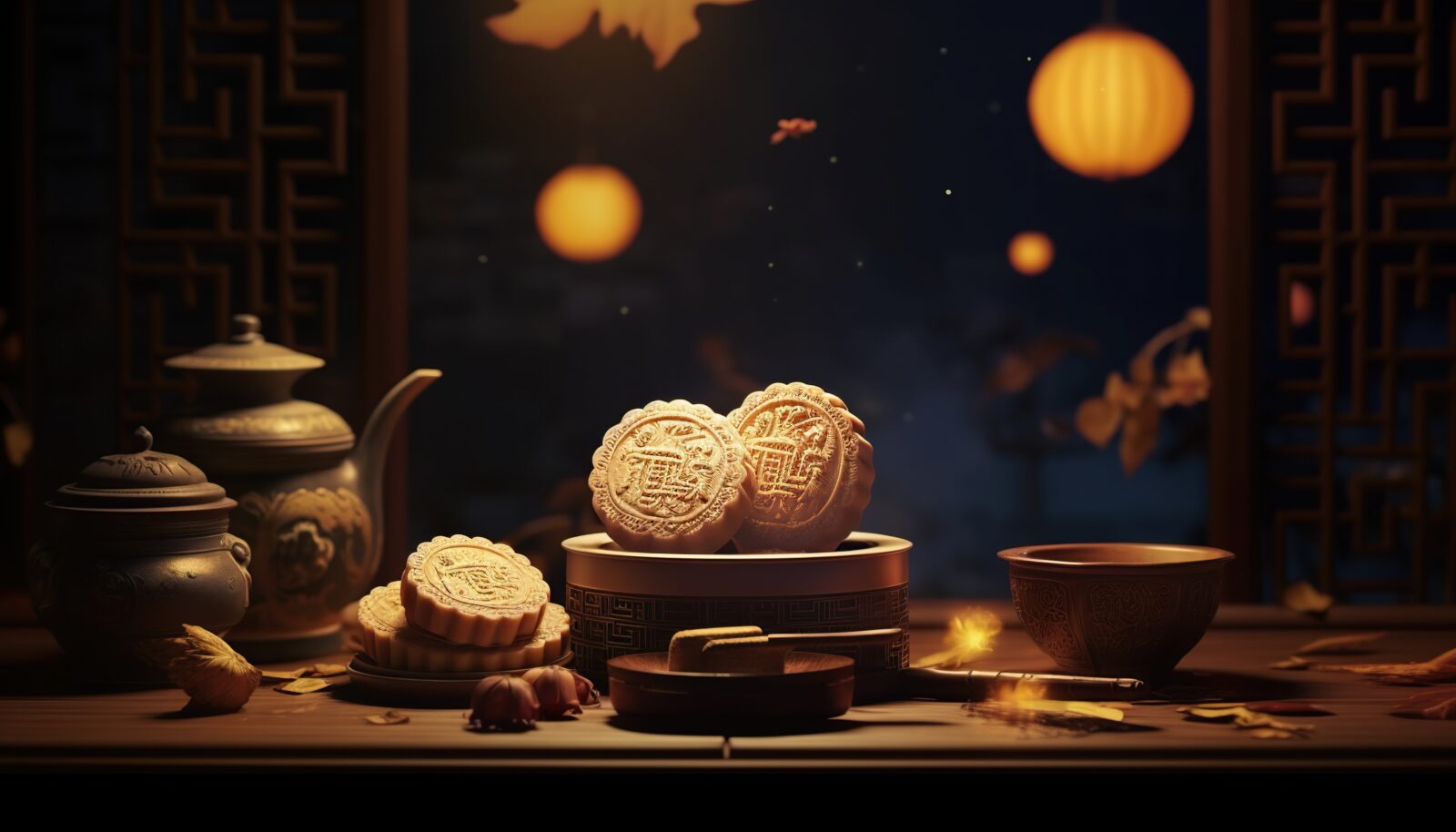Honor This Month’s Rare Blue Supermoon with Mooncakes and Tea!
When a single month contains two full moons, the second one is called a blue moon. They take place about every three years, and the last one rose in the night sky on August 30. But this wasn’t any old blue moon—it was also the month’s second “supermoon,” when the moon is physically closer to Earth, and thus appears larger and brighter in the heavens. The last time this happened was in 2018, and it won’t take place again until 2032.
We hope you managed to head out and look up!
Ku Cha Carries Storied Line of Northern China Mooncakes
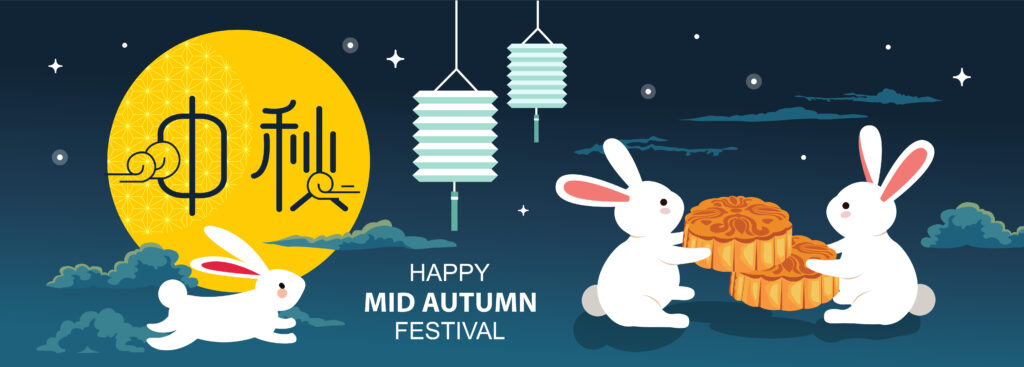
The celestial fireworks coincide with the launch of Ku Cha’s new line of mooncakes, which we import from superb artisans in China. Mooncakes serve as the culinary centerpiece of China’s Mid-Autumn Festival, which is also known as the Moon Festival or Mooncake Festival. Countries across Asia honor similar harvest celebrations. Our mooncakes are called “Northern Chinese-style,” and they are less heavy than the Cantonese-style versions. We prefer them.
The 3,000-year-old Mid-Autumn Harvest celebration is nearly as important to Chinese as the Lunar New Year, and is held on the 15th day of the 8th month of the Chinese lunar calendar—which is a full moon. This year, the festival kicks off on September 29.
Lanterns figure largely into the festivities. But mooncakes capture its heart. During the festival people across the country eat these rich pastry treats, which are filled with a variety of ingredients, including sweet bean, egg yolk, meat and lotus-seed paste. We turned to the classic Beijing brand Dao Xiang Cun for our mooncakes, which is the oldest traditional pastry shop in Beijing. From the company’s broad selection of mooncakes, with flavorings as varied as pineapple shortbread, hawthorn and beef tongue, we selected a trio of favorites: red bean; jujube date; and salt and pepper.
They are seasonal. Get them now at Ku Cha House of Tea before we stop offering them for your gustatory pleasure! And make sure to pick up some tea to pair with these September treasures: tea and mooncakes are made for each other. What teas to pair with which mooncakes? We’ve got ideas.
Mooncakes and Tea: Osmanthus Oolong tea with salt and pepper flavor
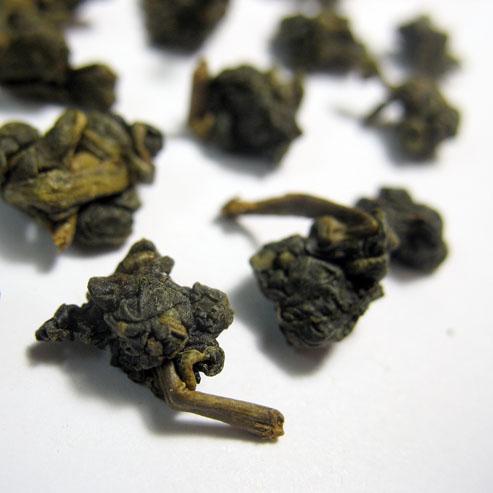
No matter their aromatic glory, most flower petals are bitter to the taste. Not Osmanthus blossoms. They contain a whisper of bitter, but a mild sweetness balances the bitter. They also smell wonderful, a novel melange of aromas like peach jam, apricot and leather. The perfume is so profound that it broadcasts its signature scent as much as 10 feet from the osmanthus shrub.
Tea artisans craft this tea by blending excellent oolong tea from China’s Fujian Province with fresh osmanthus flowers. The result: a ravishing osmanthus-spritzed oolong tea. In China, people turn to osmanthus flowers for a variety of health benefits, including curbing appetite, dispelling phlegm and refreshing breath.
The tea pairs perfectly with the salt and pepper mooncake in part because the pastry contains osmanthus as an ingredient. Whenever we sip this tea while nibbling salt and pepper mooncakes, we swoon.
Mooncakes and Tea: Organic Rose Puerh with jujube date flavor
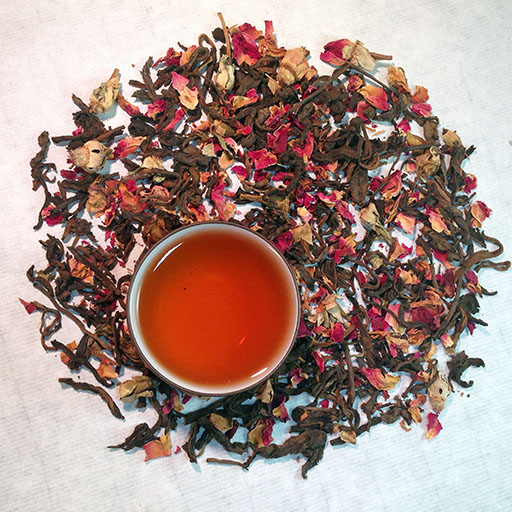
The first time we paired our lovely Rose Puerh with these sweet jujube date mooncakes, we knew we had stumbled upon an ideal pairing. The puerh, the famous fermented tea from China’s Yunnan Province, gets kissed by delicate rose petals. The union yields a tea that is alternatively earthy, from the puerh, as well as floral. The contrapuntal ingredients make for an especially dynamic tea, one that we routinely sip in the afternoon. In addition to its superb flavor, the tea serves as a skin enhancer. The puerh and rose contain loads of vitamins and nutrients, which refine skin, boost immunity, tone organs and combat cell damage caused by free radicals.
Meanwhile, the unique flavor from the jujube dates in the mooncakes complements the tea with especial elan. Sip, bite, sip, bite, sip, bite—we could do it all day with these two.
Mooncakes and Tea: Organic Genmaicha with red bean flavor
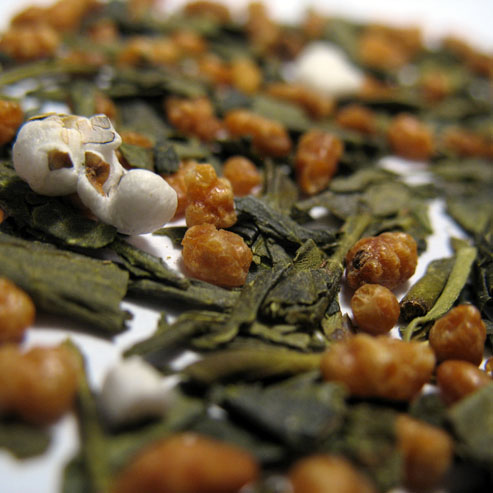
We stand as strong proponents of Japan’s genmaicha, a blend of green tea, roasted rice and puffed rice. We love how the tea contains our two principal staples: tea and rice. And we adore the flavor, which thanks to a careful three-step heating process adds a roasted flavor to the brown rice—a step that always pops some of the rice grains, in the manner of popcorn—without any burnt notes. In addition to the fabulous dance of the flavors of green tea leaves and roasted rice, the tea also produces a brew that is lower in caffeine than most teas, thanks to the presence of rice in the blend.
Many Japanese treats incorporate sweetened red beans. By savoring red bean mooncakes with genmaicha, you capture a focused and beautiful portrait of some flavors that anchor the culinary tradition of the Land of the Rising Sun. Incidentally, genmaicha pairs well with sushi, especially fatty cuts like toro tuna.
Happy Mid Autumn Festival! Pick up an assortment of the revered mooncakes from Dao Xiang Cun, brew complementary teas, and head out into the darkness to stare up at this month’s rare blue supermoon!

